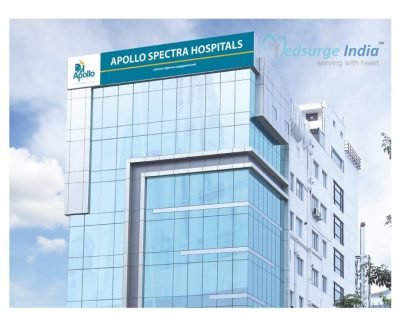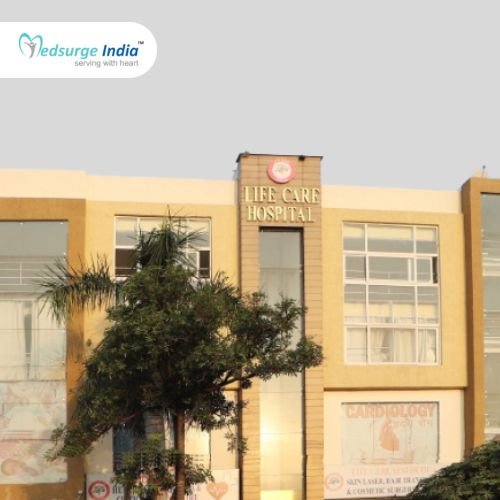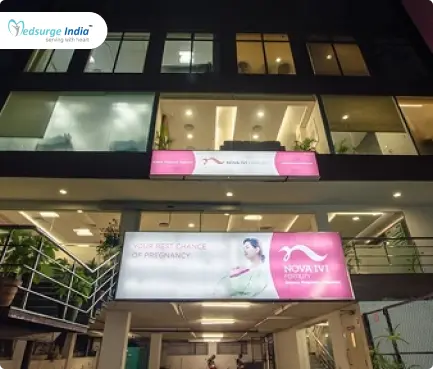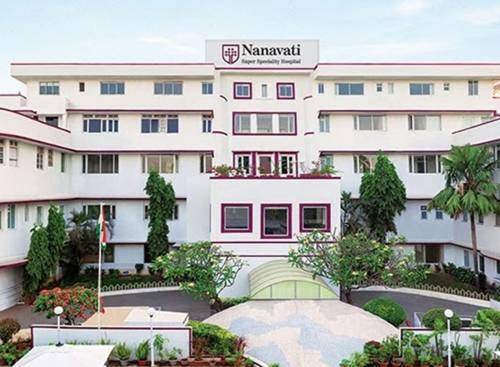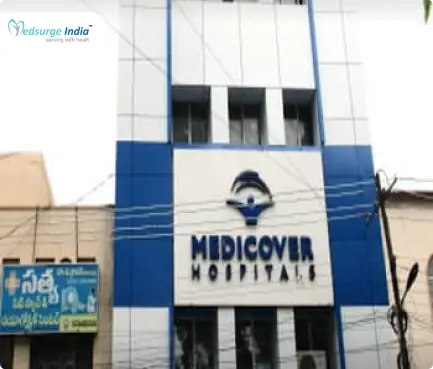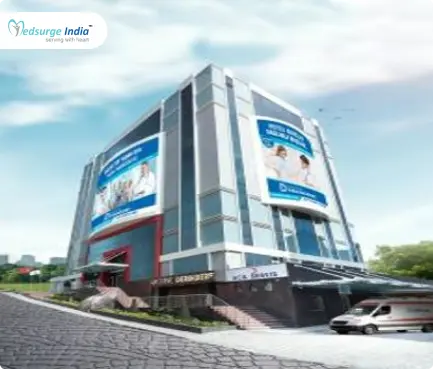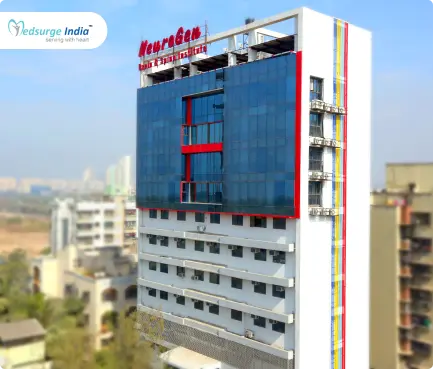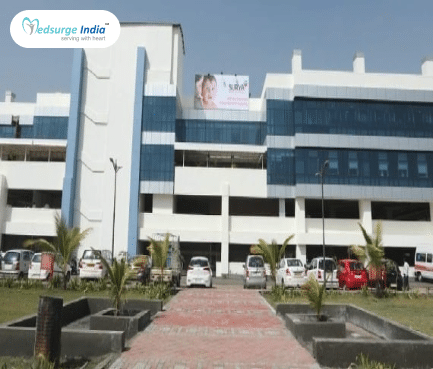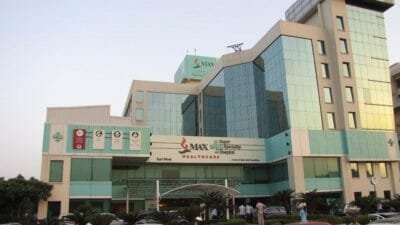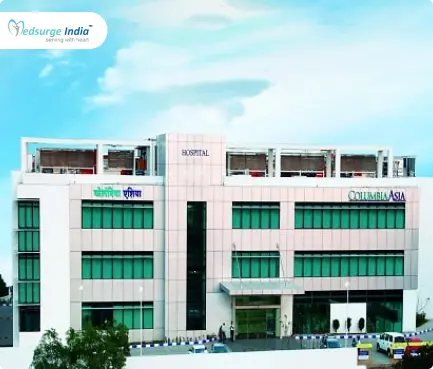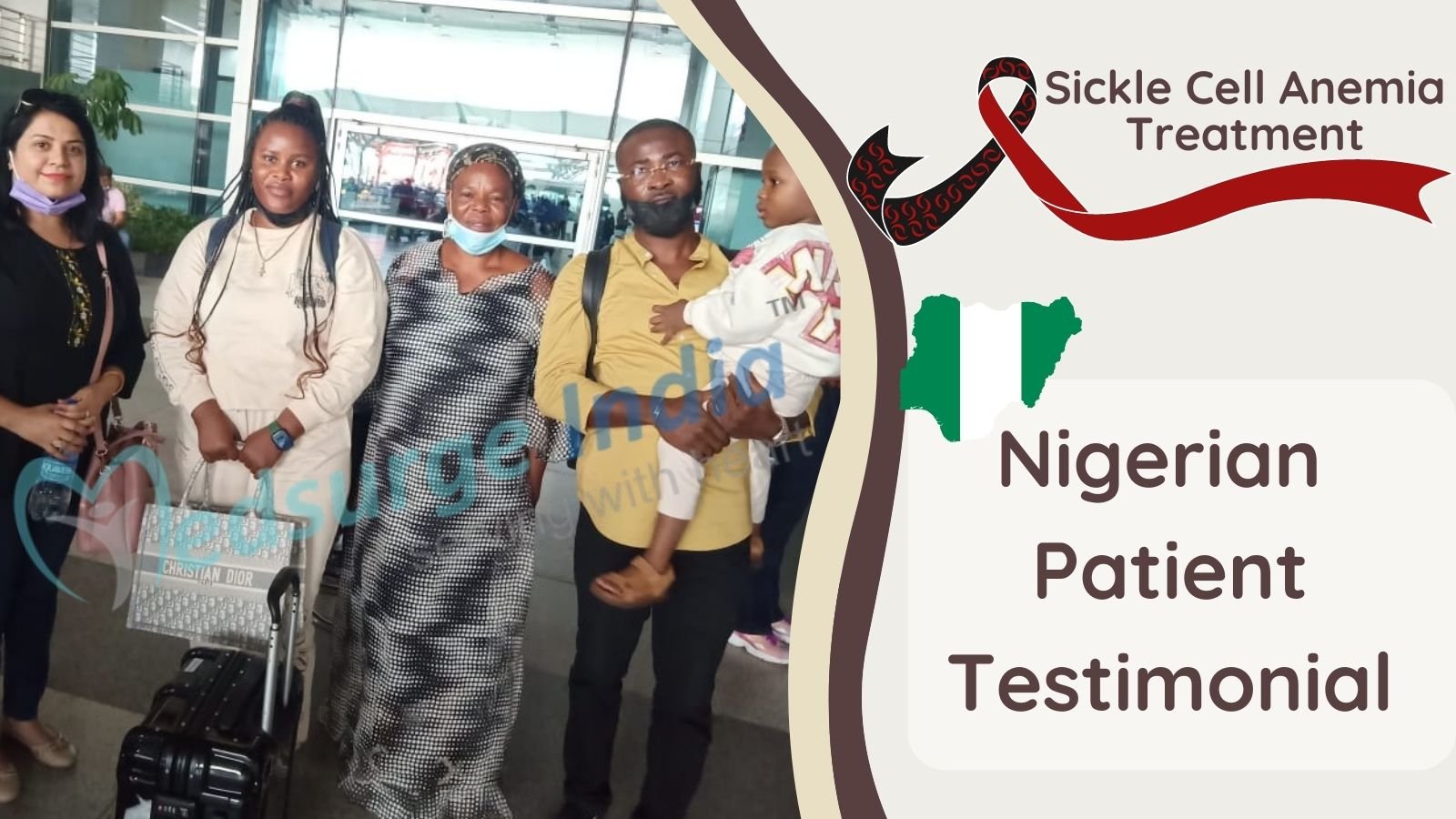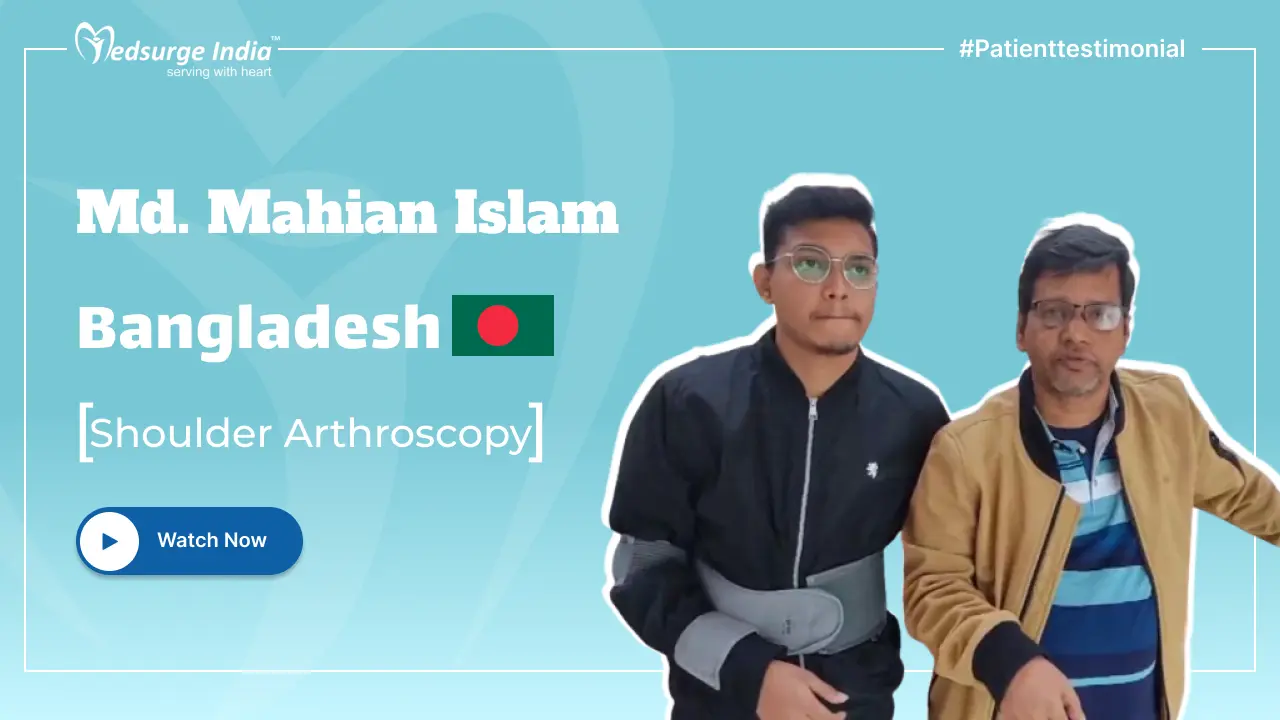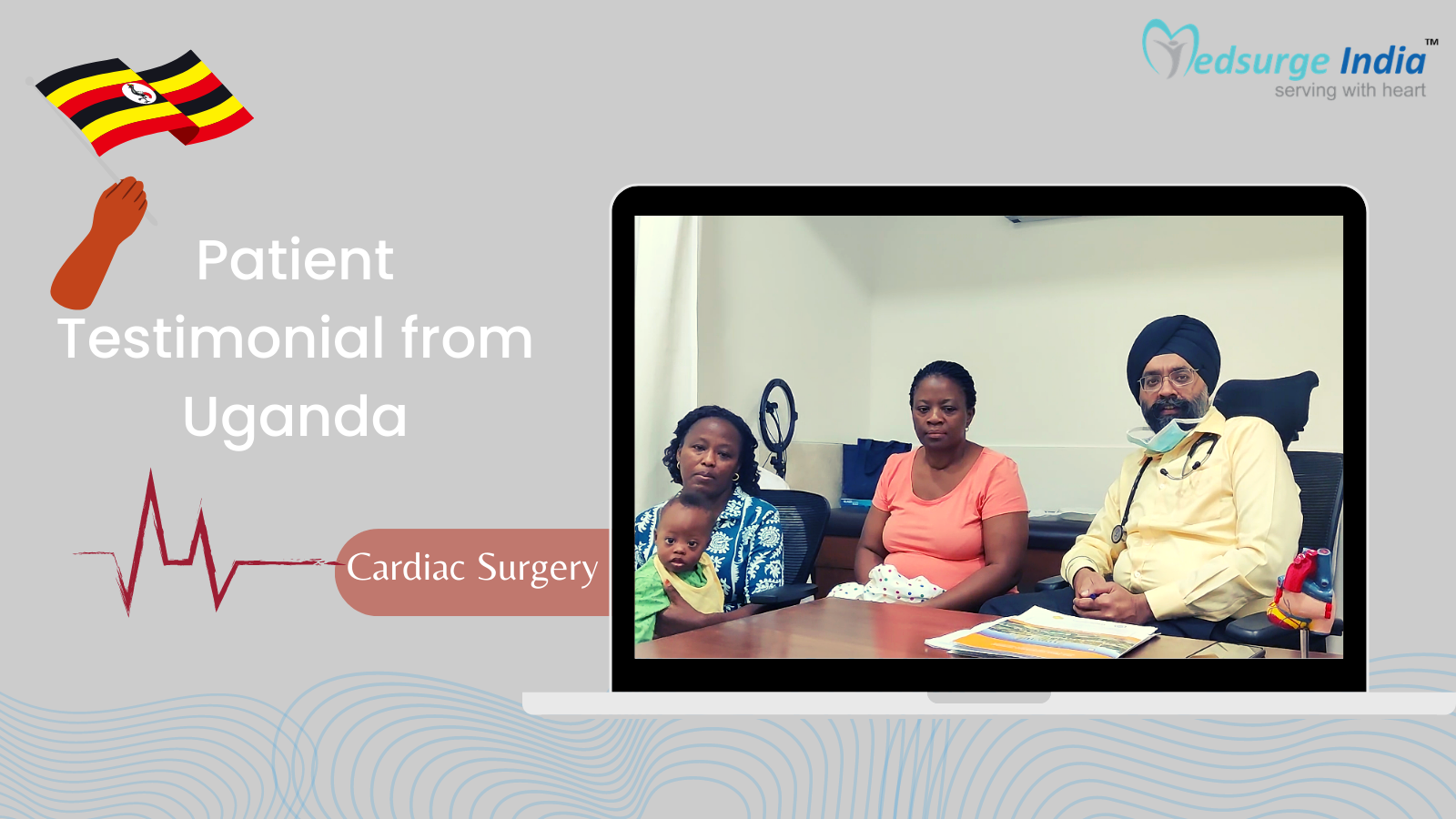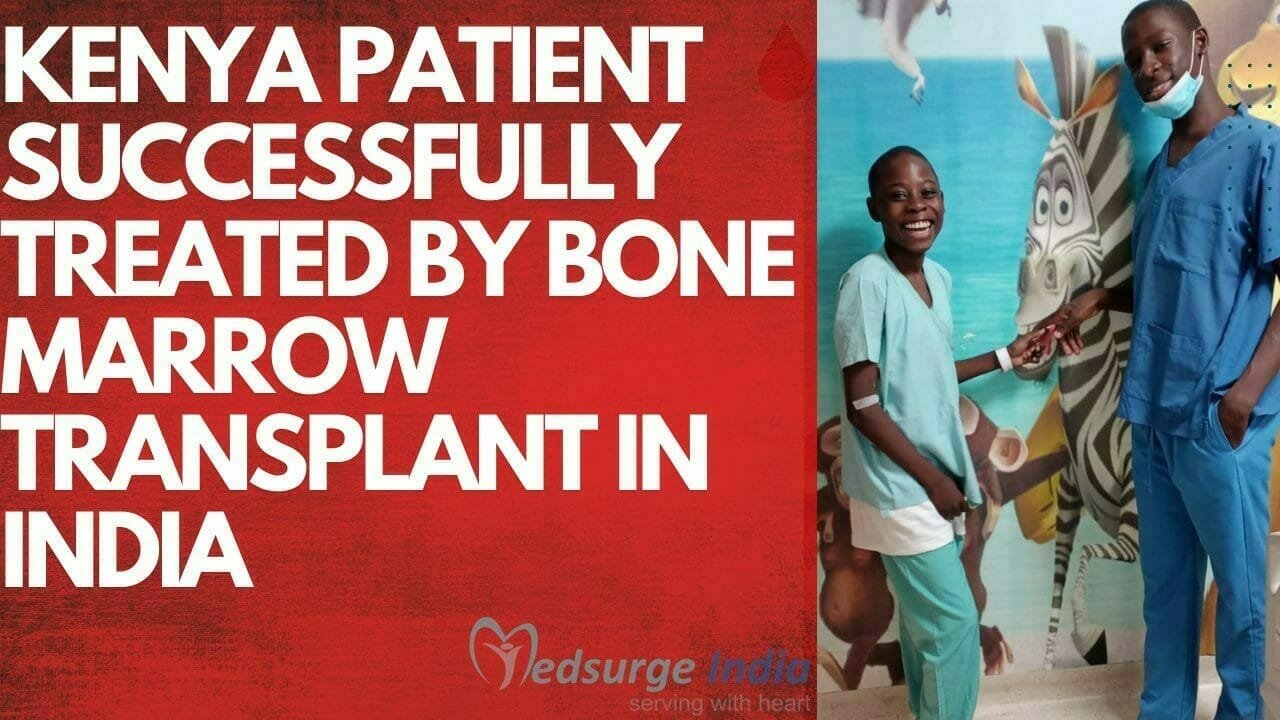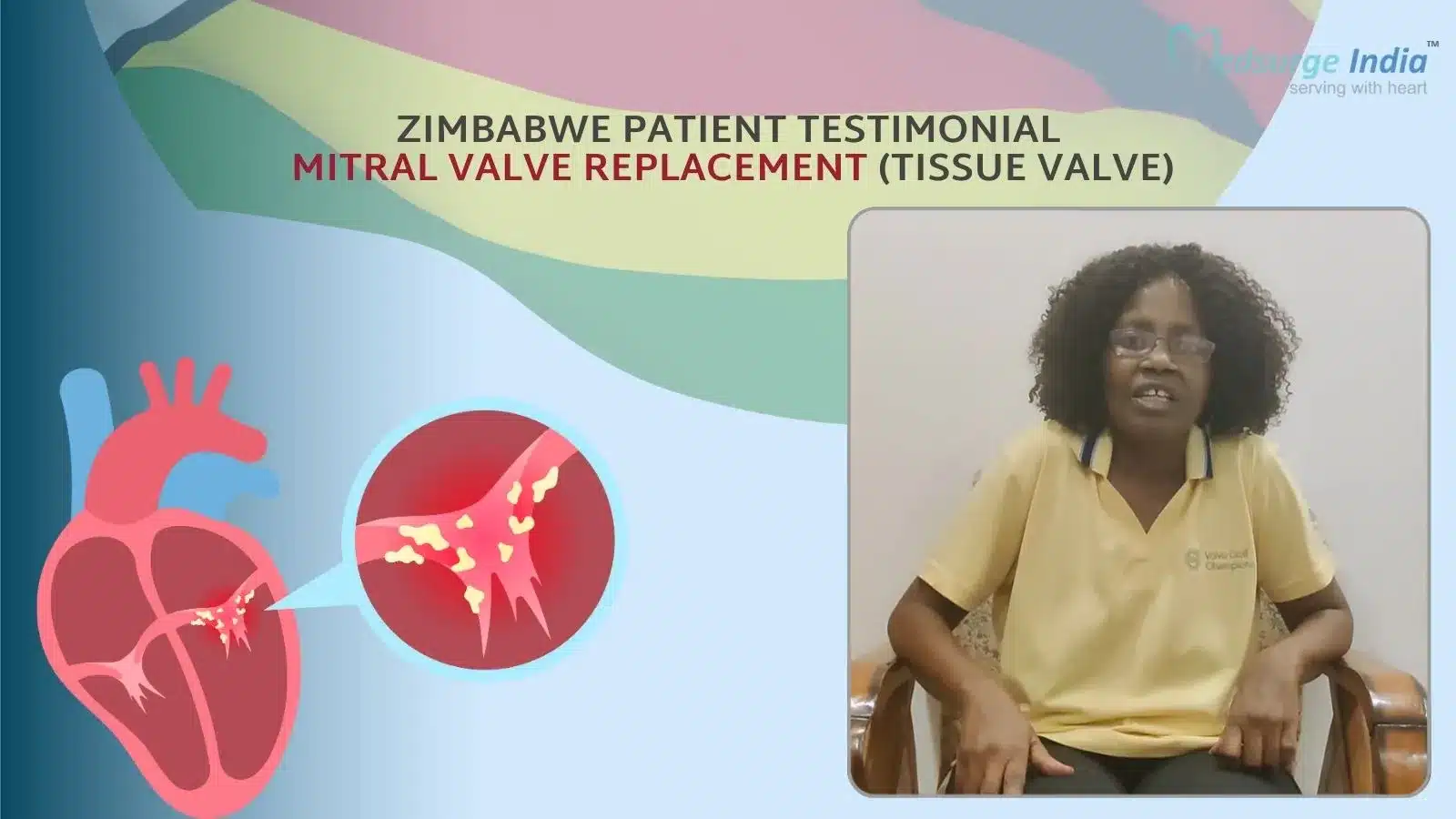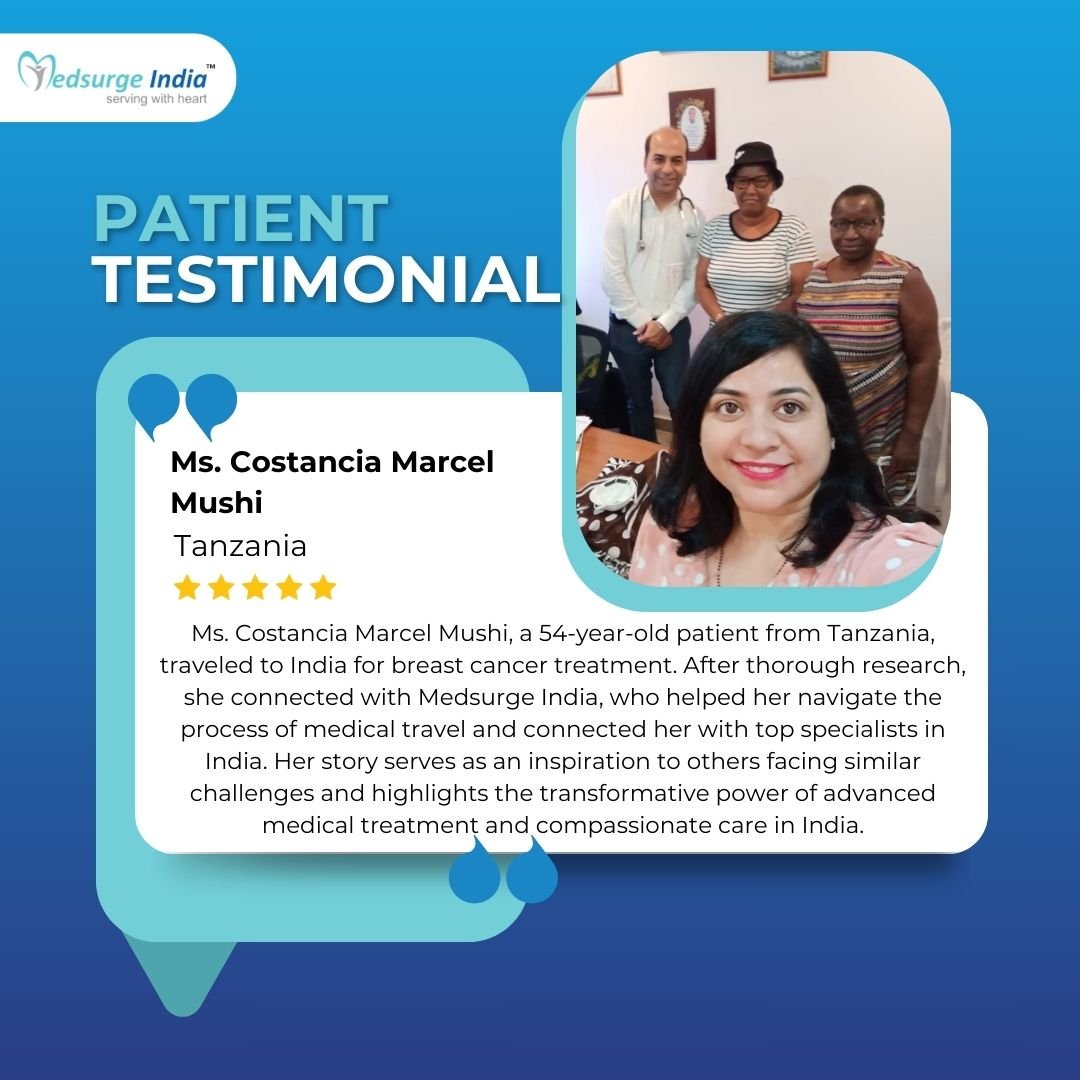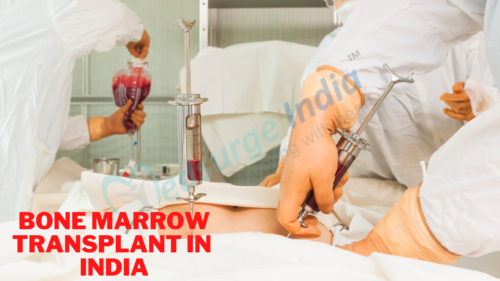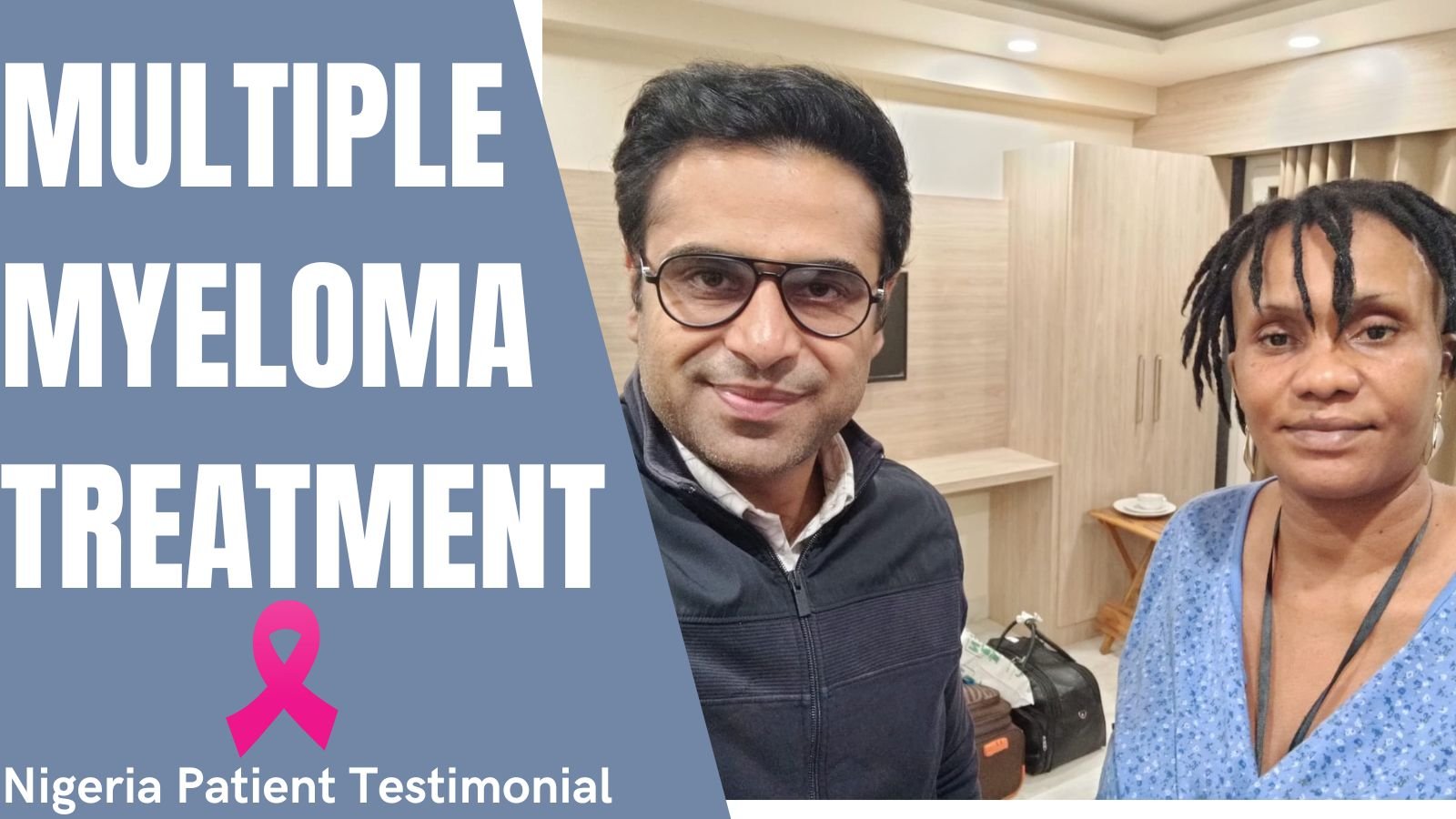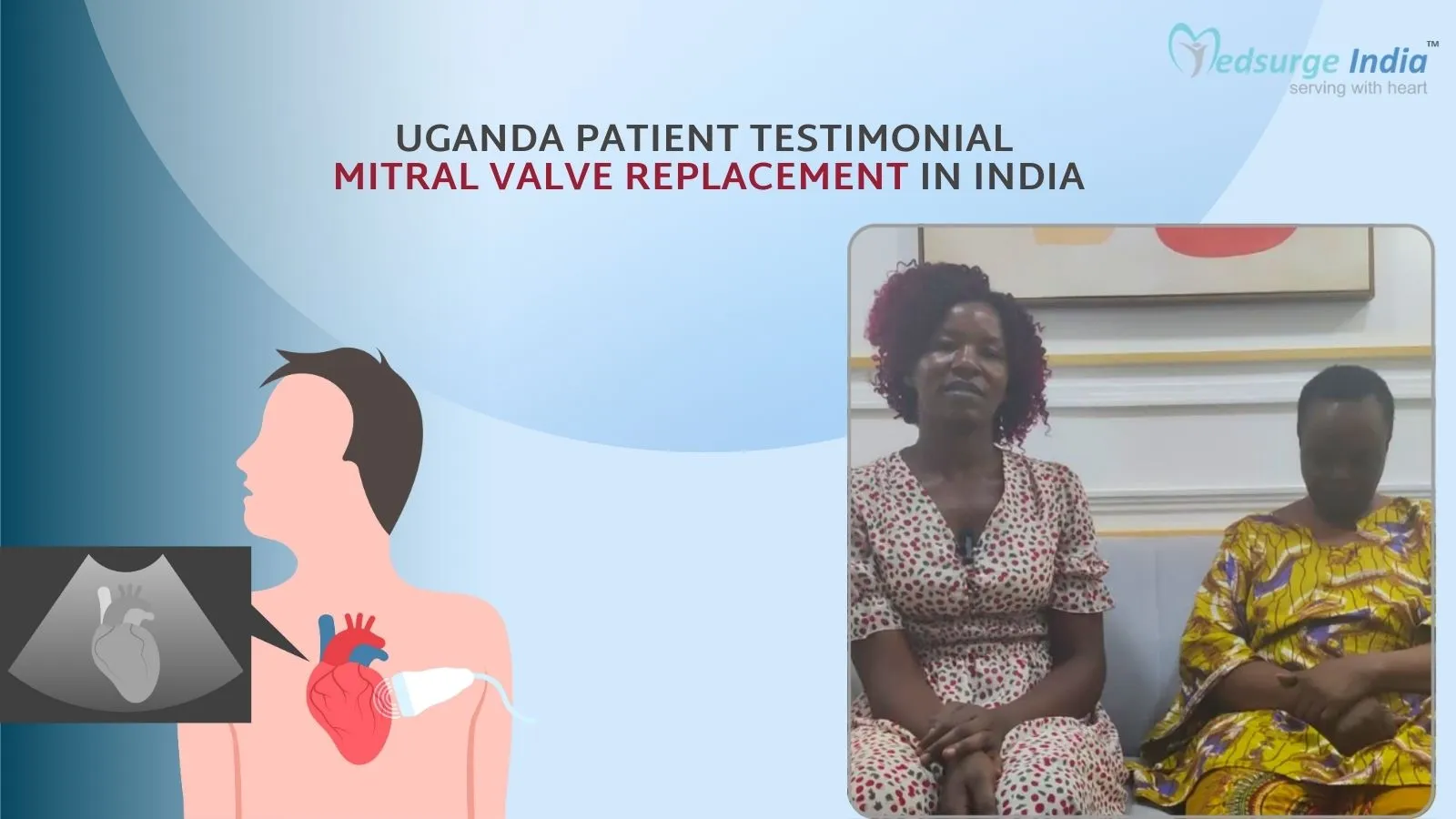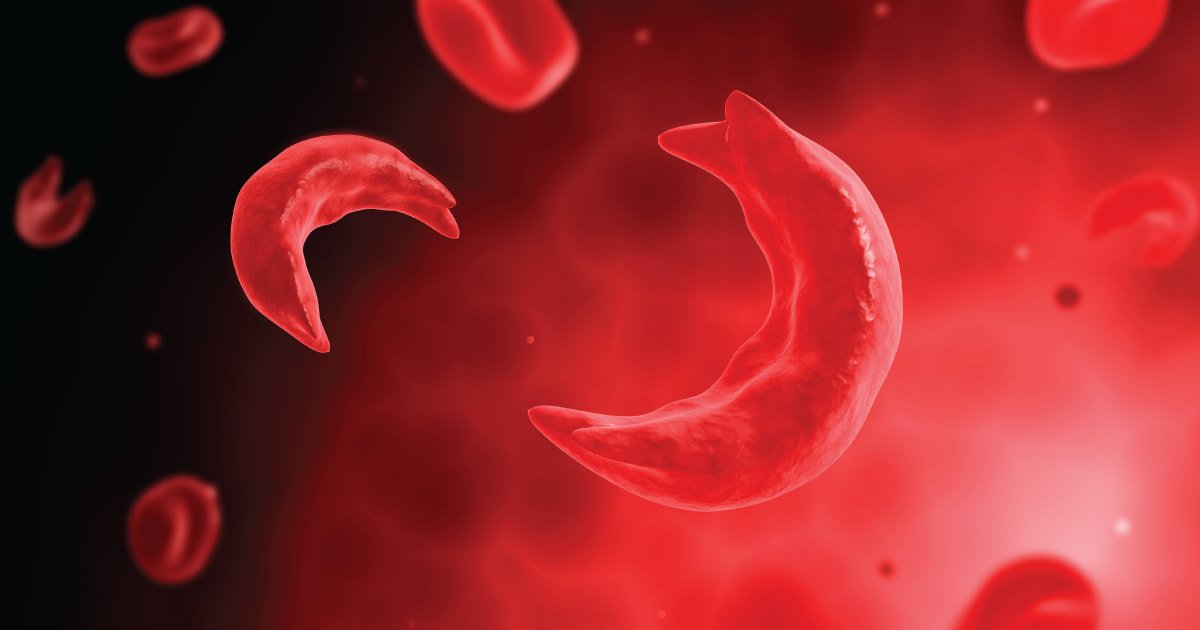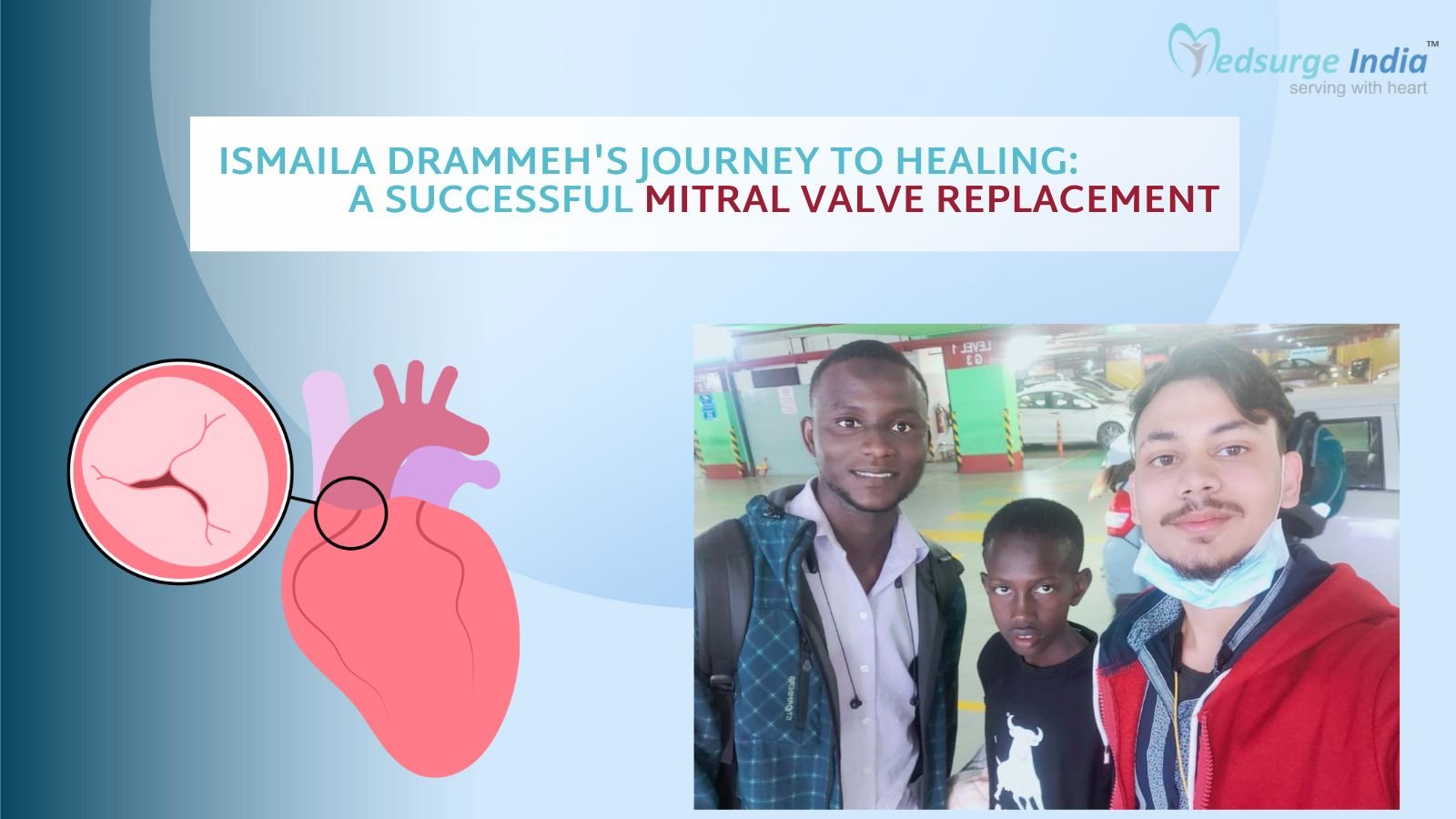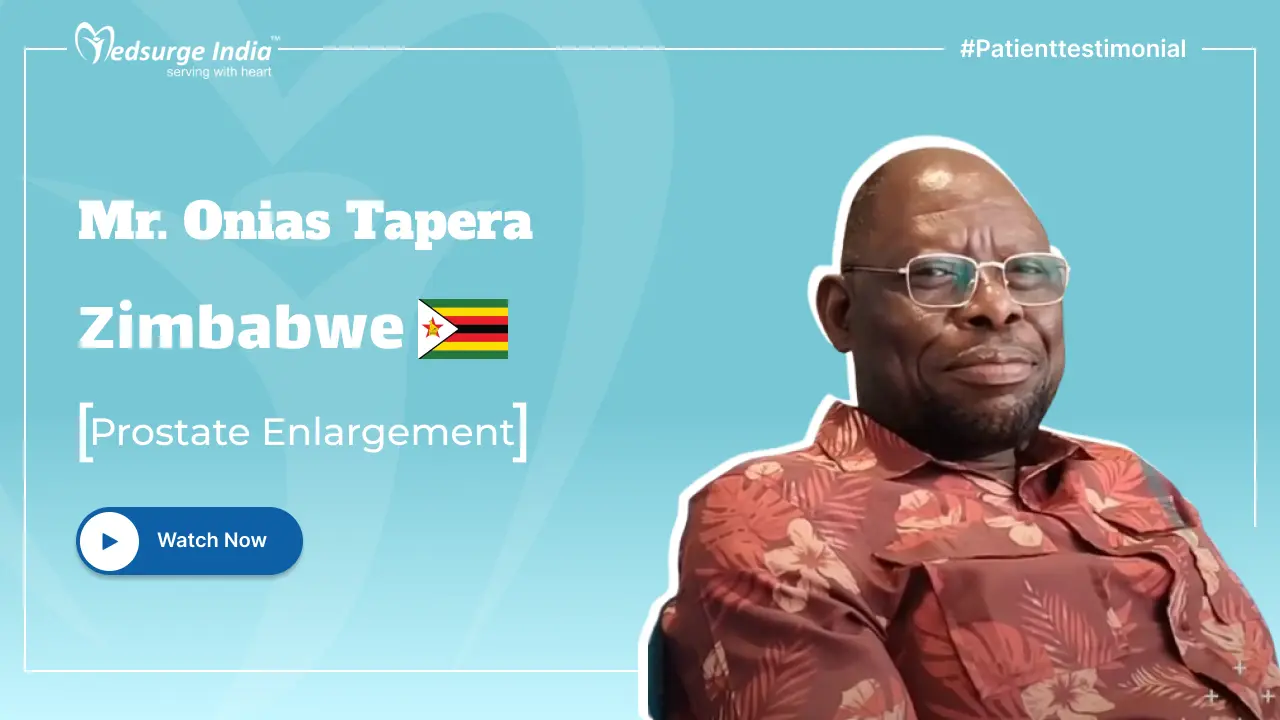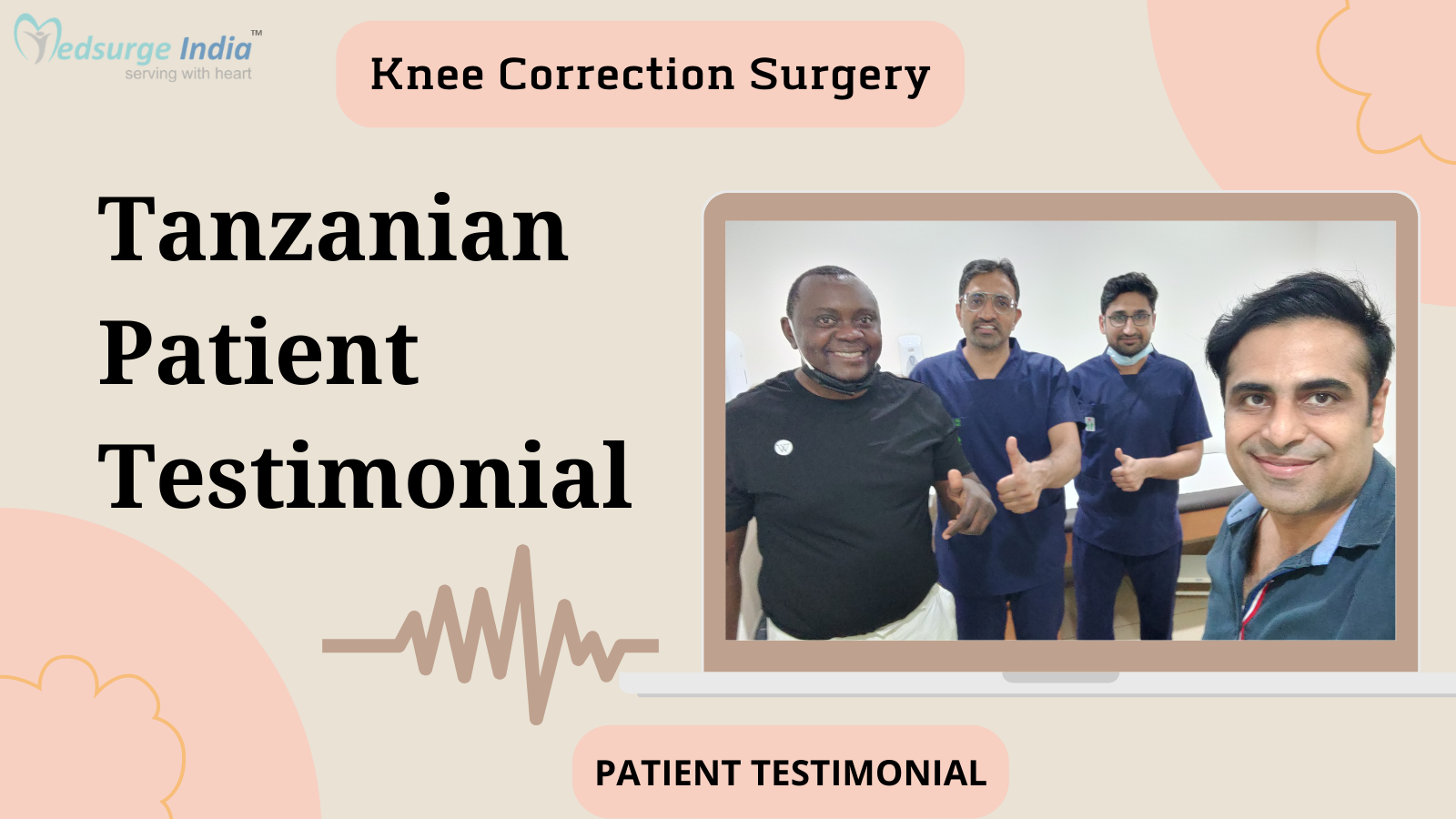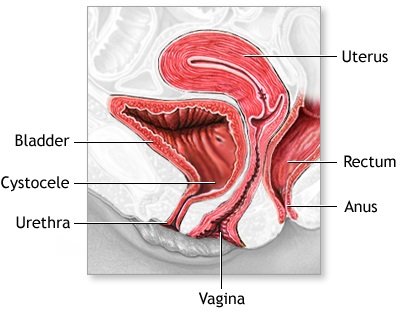
Anterior Posterior Repair – Colporrhaphy is a minimally invasive procedure to fix the weakened, stretched, or damaged cells in the pelvic area because of age or childbirth. This leads to organs falling out of their regular position. The corrective process is also known as Colporrhaphy.
When organs fall down, they press from the vaginal walls, This makes pressure and pain in the anus, together with prostate and bowel issues. This will require surgical procedures to fix should nonsurgical Treatments aren’t effective.
Patients from all over the globe come to India for treatment as it is known to be one of the best-leading healthcare sectors in the world. Not only that but it has some of the top hospitals and doctors that are well renowned for their work. Also, Anterior Posterior Repair – Colporrhaphy Cost in India is far more affordable when compared to Western countries.
Kinds of Pelvic Organ
- This prolapse can occur when a girl had completed a hysterectomy. It’s named Anterior Colporrhaphy. On the side of the anus, two Kinds of prolapse can happen:
- Cystocele: once the liver falls into the vagina, it’s named Cystocele. This might be light, mild and, intense based on how much it’s dropped.
- Urethrocele: it’s likely to have a urethra prolapse once the bladder prolapses since the tube which conveys the urine may prolapse. This is named Urethrocele. When the bladder and urethra prolapse, it’s named Cystourethrocele. When it’s severe, it can bulge out of the vagina.
- Posterior wall prolapses: Posterior identifies the trunk. This happens when the cells between the anus and vagina extend and differ in the bone in the pelvic area. Again, there are two types of prolapse beneath this:
- Rectocele: This occurs when the anus falls down from its usual position and lumps into the rear of the vagina which then produces a dip in the rear wall of the anus.
- Rectal prolapsed: If a component of the anus turns out and churns out through the anus, then a rectal prolapse happens.
Causes of Pelvic Organ Prolapse (POP)
When there’s increased pressure from the stomach, POP occurs:
- Pregnancy, labor, or childbirth, will be the most common causes.
- Obesity
- Constipation
- Pelvic organ cancer
Symptoms of Pelvic Organ Prolapse
Occur for example:
- Constipation
- Leaking
- Painful intercourse
- A sense that something is falling from the vagina
- Backache at the reduced area of the trunk
- The feeling of fullness or pressure in the pelvic region
Diagnostic Tests for Pelvic Organ Prolapse
Apart from a physical evaluation, the next diagnostic Test might be performed:
- Bladder function tests
- Pelvic floor evaluations
- MRI
- Ultrasound
- Urinary tract X-Ray
Anterior Posterior Repair – Colporrhaphy Cost in India
Anterior Posterior Repair – Colporrhaphy Cost in India starts from 2600 USD. For Anterior Posterior Repair – Colporrhaphy in India, the expenses are subject to variation based on the patient’s condition and the specific treatment approach chosen by the doctor following the results obtained. Note that the given price is only for the treatment.
Anterior Posterior Repair – Colporrhaphy Cost in Various Cities in India
| Cities | Starting Price |
| Delhi | USD 2600 |
| Gurgaon | USD 2600 |
| Noida | USD 2600 |
| Mumbai | USD 2800 |
| Hyderabad | USD 2600 |
| Chennai | USD 2600 |
| Kolkata | USD 2600 |
| Bangalore | USD 2900 |
Please note that the pricing and the treatment for Anterior Posterior Repair – Colporrhaphy cost in India will vary depending on the patient’s choice and other various factors.
Factors That Can Affect Anterior Posterior Repair – Colporrhaphy Cost in India
The following here are some variables that can affect Anterior Posterior Repair – Colporrhaphy Cost in India:
- Medication costs.
- Duration of treatment.
- Geographical location.
- Hospitalization expenses.
- Government policies and subsidies.
- Medical tourism packages.
- Hospital reputation and infrastructure.
- The expertise and experience of medical professionals.
- The type and frequency of diagnostic procedures.
- The choice of treatment modality.
Furthermore, the standard and caliber of medical services and amenities provided are comparable to esteemed healthcare establishments globally, despite taking into account expenses for lodging, food, and travel. Additionally, with the expertise of skilled physicians, Medsurge India guarantees that individuals are provided with the most cost-effective Anterior Posterior Repair – Colporrhaphy cost in India.
Non-surgical Treatments for Pelvic Organ Prolapse
The most Acceptable treatment Is Dependent upon the severity of this If the prolapse ranges from mild to medium, some easy remedies are available for example:
Pessary: Normally the first line of therapy, a ring-like Device known as a Pessary is put into the vagina. This system supports and holds the pelvic organ.
Kegel exercises: It’s a simple exercise to reinforce the pelvic muscles. Envision yourself to inhale, rather than allowing the urine to leak, hold it for 5 seconds, unwind, and take action. 10 sets up around 15 times each day is recommended and at times, the prolapsed gets better or might even disappear.
Biofeedback treatment: This unites learning how to restrain the pelvic muscles with appropriate breathing methods and control of their stomach.
Lifestyle changes: All these can quickly reduce prolapsed. In Reality, this will also aid in being in danger of prolapse. Lifestyle changes should comprise:
- Situation
- Doing routine pelvic floor exercises
- Preventing high impact exercise
- Eating high fiber meals to Prevent constipation
Hormone (oestrogen) therapy: To alleviate vaginal dryness or discomfort during sexual activity, oestrogen is available as a lotion to be applied from the vaginal region or a pill inserted into the vagina.
Surgical Techniques for Pelvic Organ Prolapse
It may be noted that operation just repairs the tissue which Bulges rather than the inherently weakened tissues. If the bulge isn’t a hassle, the operation might not be required. However, if nonsurgical treatments don’t work for you, the choices below can be researched depending on the positioning of your prolapse:
Obliterative operation: When the operation hasn’t worked, also you Can’t undergo the following process, this operation could be relegated to. This is done in order to support the organs which have prolapsed. Part of the entire vagina is substituted in size or shut. Gender isn’t possible after this.
Preventive surgery: This can be carried out to fix the Pelvic floor along with the organs that have been attracted back to their usual position. It’s performed with incisions from the vagina or abdomen or via laparoscopy. There are a couple of choices in this operation:
To resolve the sagging muscles, a vaginal net can be used to suspend them.
The tissue retains the pelvic organs tighter and stronger. Employing the vaginal net, surgery is performed through the anus at the anterior to fix a bladder fall that presses against the rectal region of the vagina.
With the Exact Same vaginal net procedure, the posterior repair is done while the anus which drops pushes to the rear side of the anus.
To keep more children might have removal of their uterus to alleviate pressure on the vaginal walls and reduce the prospect of a prolapse return.
Vaginal net: To lift the sagging tissues into position, a net ought to be the choice only when other operations had been neglected, the cells are too feeble to be mended and abdominal operation is impossible.
Anterior Posterior Repair Colporrhaphy Cost in India
Anterior Posterior Repair Colporrhaphy Cost in India ranges from 2600 USD. For Anterior Posterior Repair Colporrhaphy in India, the expenses are subject to variation based on the patient’s condition and the specific treatment approach chosen by the doctor following the results obtained.
Please note that the pricing and the treatment for Anterior Posterior Repair Colporrhaphy cost in India will vary depending on the patient’s choice and other various factors.
Factors That Can Affect Anterior Posterior Repair – Colporrhaphy Cost in India
The following here are some variables that can affect Anterior Posterior Repair – Colporrhaphy Cost in India:
- Medication costs.
- Duration of treatment.
- Geographical location.
- Hospitalization expenses.
- Government policies and subsidies.
- Medical tourism packages.
- Hospital reputation and infrastructure.
- The expertise and experience of medical professionals.
- The type and frequency of diagnostic procedures.
- The choice of treatment modality.
Furthermore, the standard and caliber of medical services and amenities provided are comparable to esteemed healthcare establishments globally, despite taking into account expenses for lodging, food, and travel. Additionally, with the expertise of skilled physicians, Medsurge India guarantees that individuals are provided with the most cost-effective Anterior Posterior Repair – Colporrhaphy cost in India.
Get Free Cost Estimation
Procedure
Before Procedure
Before the operation, certain things can be done such as:
- Physical evaluation. The doctor can use a speculum to test
- Diagnostic tests
- Quitting smoking
- Losing weight if obese
During Procedure
- It is performed on the vaginal skin in the front. This no longer permits falling of the manhood and reliefs the sinus issue.
- Or Implants are made from the vagina. A few excess skins around the walls of the vagina can also be eliminated. The powerful tissues beneath the anus are stitched together.
- Sacrospinous Ligament Suspension: In the Peak of the vagina, An incision is created. The ligaments which hold the vagina are stitched together and these stitches are utilized to tie the cover of the vagina up attracting the vaginal back into its regular position. Based on the way in which the organ is placed, anterior or posterior repair might be carried out.
- Of the vagina, the top-rated vaginal component is stitched from your anus into uterosacral ligaments or even two powerful ligaments.
- The incision was made from the vagina.
- To attach the surface of the vagina to a strong ligament from the pelvic bone, a mesh is utilized to bring back the penis to its original location. Occasionally, a posterior repair might be done at exactly the exact same moment.
After Procedure
Based on the operation, You Might stay in a hospital for a night.
- A catheter can be used to drain urine in the bladder.
- Temporary gauze may be placed in your vagina for about 24hours.
- Vaginal bleeding and discharge could occur for approximately 3 – 4 weeks. It’s sensible to wear a sanitary pad rather than tampons.
- Should move around as soon as possible with a few rests in between.
- Stitches will dissolve by themselves.
- Swimming ought to be avoided for a couple of weeks.
- Sex ought to be avoided for approximately 4 — 6 months before you’re completely cured.
- Quit smoking.
- Enjoy a wholesome lifestyle with exercise.
- A follow-up with your physician after the operation.
The Most Important Frequently Asked Questions
Q: What Is Anterior-Posterior in Gynecology?
A: Anterior signifies the front while the posterior signifies the back. They’re the surgical procedures used at the front and rear of the vagina to fix Pelvic Organ Prolapse (POP).
Q: Describe Pelvic Organ Prolapse?
A: Once the organs inside the pelvic body start to droop or push against the walls of the vagina because of the cells of the anus being diminished or stretched or, damaged, a Pelvic Organ Prolapse happens.
Q: What Treatments Are Available?
A: You will find nonsurgical and surgical remedies available based upon your circumstance. Ordinarily, a non-surgical strategy is completed when the prolapse is moderate or mild. This may rectify the issue and reduce any prospect of experiencing a prolapse.
Q: What Remedy Is Ideal for Me?
A: Remedy to the prolapse will be contingent on the symptoms, type of prolapse, age and health, and if you would like children later on.
Q: Can the Surgery Be Painful?
A: You might, however, feel some discomfort following the operation.
Q: Can I Be Unable to Bear Children After the Operation?
A: When the prolapse is intense, you’ve experienced menopause, you do not want more kids, and there’s not any other option, removing the uterus through Hysterectomy or final of a portion or all vaginal might leave you sterile.
Q: What’s the Success Rate of Those Procedures?
A: Success levels drop between 80% — and 90% based on the treatment.
Q: Could Prolapse Recur?
A: Should it, other options are offered for surgery.
Q: What Are the Obstacles After Surgery?
A: The complications are:
- Painful sex
- Urinary inconsistency
- Pelvic pain
Q: How Long Could I Choose a Very Long Flight After the Operation?
A: Long flight isn’t advisable until complete recovery. This may take two weeks or longer after the operation. Please consult with your health care provider.
Q: How Much Time Does It Take to Recuperate?
A: This can require 3-4 weeks depending on the operation.
Q: What About Medical Insurance?
A: Medical insurance might not be available anyplace for thieves. It’s recommended to purchase great insurance coverage from the nation that includes a Partnership with the state of performance.
Top Hospitals for Anterior Posterior Repair – Colporrhaphy in India
Top Doctors for Gynecology
Dr. Ketan Panditpautra
Consultant
Experience: 25 years of experience
Fortis Hospital, Mulund, Mumbai
Mumbai, India
Dr. Varini. N
Consultant
Experience: 20 years of experience
Milann Fertility Centre Kumara Park
Bangalore, India
Dr. Saguna Shukla
Consultant
Experience: 15 years of experience
Marengo Asia Hospitals Formerly W Pratiksha Hospital, Gurgaon
Gurgaon, India
Dr. Hirday Kapoor
Senior Consultant
Experience: 23 years of experience
BLK Super Speciality Hospital, New Delhi
New Delhi, India
Dr. Rashmi C Hanchinal
Senior Consultant
Experience: 18+ years of experience
Sahyadri Narayana Multispeciality Hospital, Harakere, Shimoga
Shimoga, India
Dr Anshu Bansal
Consultant
Experience: 18 years of experience
Apollo First Med Hospitals, Kilpauk
Chennai, India
Dr. Jyoti Shetty
Consultant
Experience: 27 years of experience
Nanavati Super Specialty Hospital Mumbai
Mumbai, India
Dr. Narassa Narayani
Consultant
Experience: 24 years of experience
Apollo Hospitals, Greams Road, Chennai
Chennai, India
Dr. Shyam Gupta
Consultant
Experience: 13 years of experience
Indira IVF Hospital, Bangalore
Bangalore, India
Dr. Meghana Reddy Jetty
Senior Consultant
Experience: 12 years of experience
Rainbow Children’s Hospital & BirthRight by Rainbow, Bangalore
Bangalore, India
Dr. Shelly Batra
Senior Consultant
Experience: 34 years of experience
Batra Hospital & Medical Research Centre, New Delhi
New Delhi, India
Dr. Gayatri Deshpande
Senior Consultant , DGO, MD, MBBS,
Experience: 18 years of experience Mumbai , India
Nanavati Super Specialty Hospital, Mumbai
Mumbai India
Dr. Asavari Dongre
Consultant
Experience: 14 years of experience
Fortis Hiranandani Hospital, Vashi
Mumbai, India
Dr. Ila Tyagi
Consultant
Experience: 20 years of experience
Apollo Spectra Hospital, Mumbai
Mumbai, India
Dr. Amrita Rao
Consultant
Experience: 21 years of experience
Manipal Hospital (Old Airport Road) Bangalore
Bangalore, India

